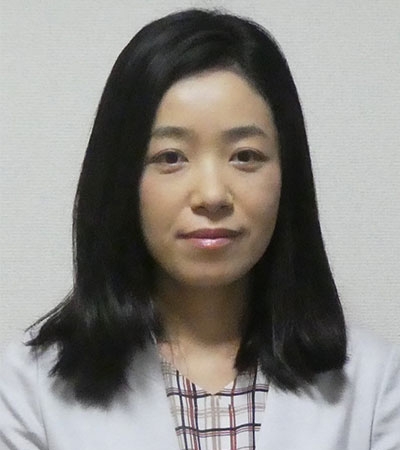Stressed children and their parents

Dispatches from the coronavirus crisis
We selected 10 researchers from among the University of Tokyo’s 26 constituent departments and asked them to write one-page accounts of the coronavirus pandemic from the perspective of their own field of specialization. This also presented the opportunity for them to attempt to frame their own research through the lens of the pandemic.
What were UTokyo researchers thinking and feeling in the summer of 2020? What do researchers say when they are talking about the pandemic? Some answers to these questions will be found in this series of pages.

Stressed children and their parents

Pedagogy
Associate Professor at the Graduate School of Education
The coronavirus pandemic has had a major impact on children’s lives. At the Center for Early Childhood Development, Education, and Policy Research (CEDEP) attached to the Graduate School of Education, believing in the importance of conceptualizing, sharing and disseminating a sense of how things actually are based on the voices of people in the field, we carried out the “Emergency Survey on Changes to Infant Childcare and Growing Environment Associated with COVID-19.” This consisted of a survey of the parents and guardians of infant children (Parents’ Survey) and a survey of nursery school directors and care providers (Nursery Survey), both of which were carried out between April 30 and May 12 of this year (2020).
First, the Parents’ Survey showed that many parents experienced considerable stress while being asked to refrain from sending their children to nursery and to remain at home as much as possible. When asked about their mental well-being over the past two weeks using the WHO-5 Well-Being Index, it was found that more than half of respondents (56.8%) exceeded the recommended benchmark to be tested for clinical depression. Children were also stressed and more than 30% of children were more likely to be “irritated or moody for no apparent reason.” While there is a strong possibility that this reflects a temporary deterioration of mental health owing to the special circumstances of the declared state of emergency, amidst concerns that the COVID-19 pandemic may persist into the longer term, these results suggest that support options should be considered.
Meanwhile, in the Nursery Survey, more than 90% of respondents indicated that they were implementing childcare in some fashion even during the declared state of emergency. In the context of the COVID-19 pandemic, childcare facilities have been shown to play an important role in supporting working parents, particularly with those considered “essential workers.” In the case of nursery facilities that have closed temporarily, it appears that some facilities have conducted video broadcasts and provided online childcare services. On the other hand, respondents also cited the difficulty of carrying out childcare given the risk of infection due to the necessity of close involvement with young children. Moreover, given the necessity of limiting children’s activities in order to strictly enforce measures to prevent infection, some worried about the impact this would have on childrearing. The dilemma of balancing measures to prevent infection with ensuring children’s development will be a continuing and difficult challenge for the duration of the COVID-19 pandemic. While ensuring children’s safety, I believe that it is also important that we take care not to risk children’s developmental health with excessive restrictions on their activities.

From the above it has become clear from these surveys that the COVID-19 pandemic places a severe burden on children, parents and caregivers. At CEDEP, we hope to continue our research into options for support, as well as how to think about current infection control measures and the potential of their impact on future development.
* This article was originally printed in Tansei 41 (Japanese language only). All information in this article is as of September 2020.






